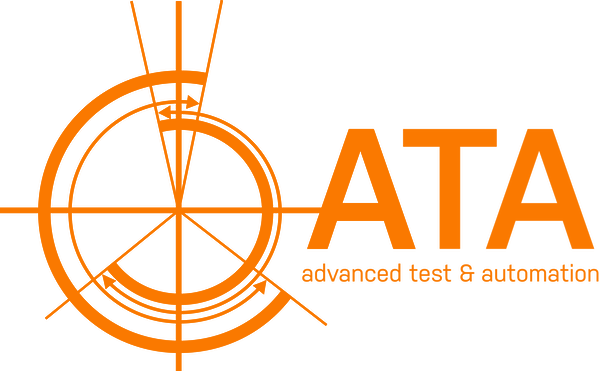Apart from the ingress of debris, the greatest danger to any design of a pump is cavitation. The phenomenon can be found in centrifugal (i.e. impeller) or positive displacement (i.e. gear, gerotor or vane) pumps, in both oil and coolant applications. Excessive cavitation can lead to erosion damage. It is important to understand how cavitation occurs as there are some misconceptions and confusion on this topic.
Read MoreThe major purpose of lubrication oil is to provide low bearing friction, to transfer heat and to protect components from corrosion. Contaminants will affect the oil’s ability to meet these requirements.
Read MoreMany OEMs are battling to improve vehicle durability, increase efficiency and reduce noise, but are struggling to find the answers. Unfortunately, many of the recent design trend are forcing higher aeration levels, and far too many OEMs are unaware.
In the pursuit of greater efficiency, many OEMs are making design decisions that may amplify the effects of oil aeration. Air bubbles may seem benign, but they can detrimentally affect the performance and durability of engines, drivelines and hydraulic equipment.
Read MoreIncreasing electrification of traditionally mechanically-driven components in the automotive industry has been visible in many segments of the vehicle subsystems, such as lubrication circuits and cooling circuits. Some of the components include electric oil pumps, electric water pumps, electric coolant valves, etc. As the parts evolve from purely mechanical components to a combination of mechanical and electronic hardware, the methods used to validate the components have also evolved.
Read More




